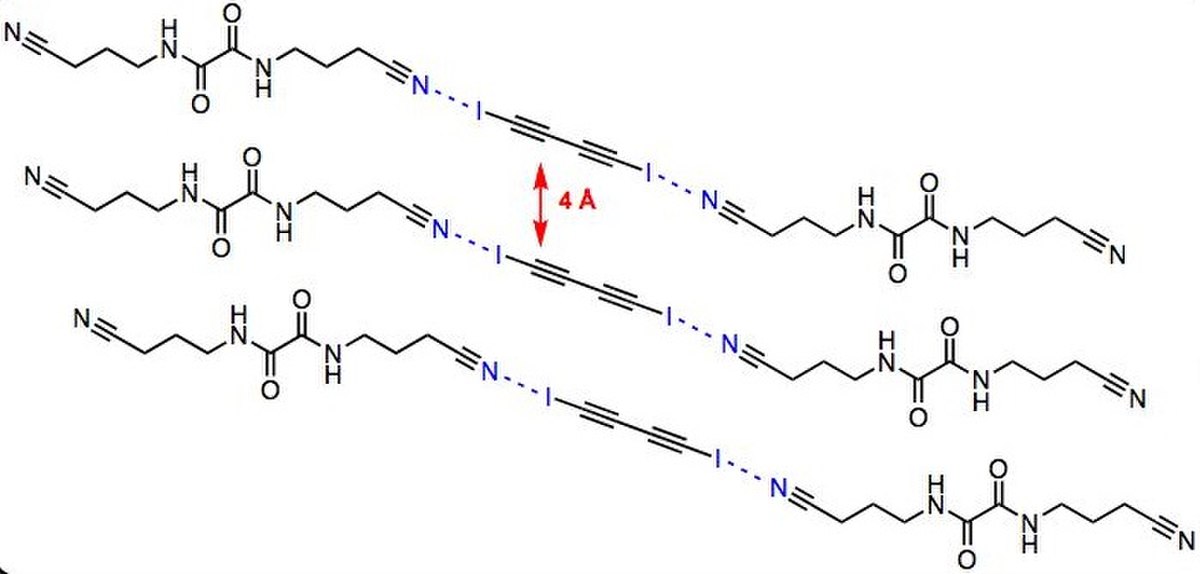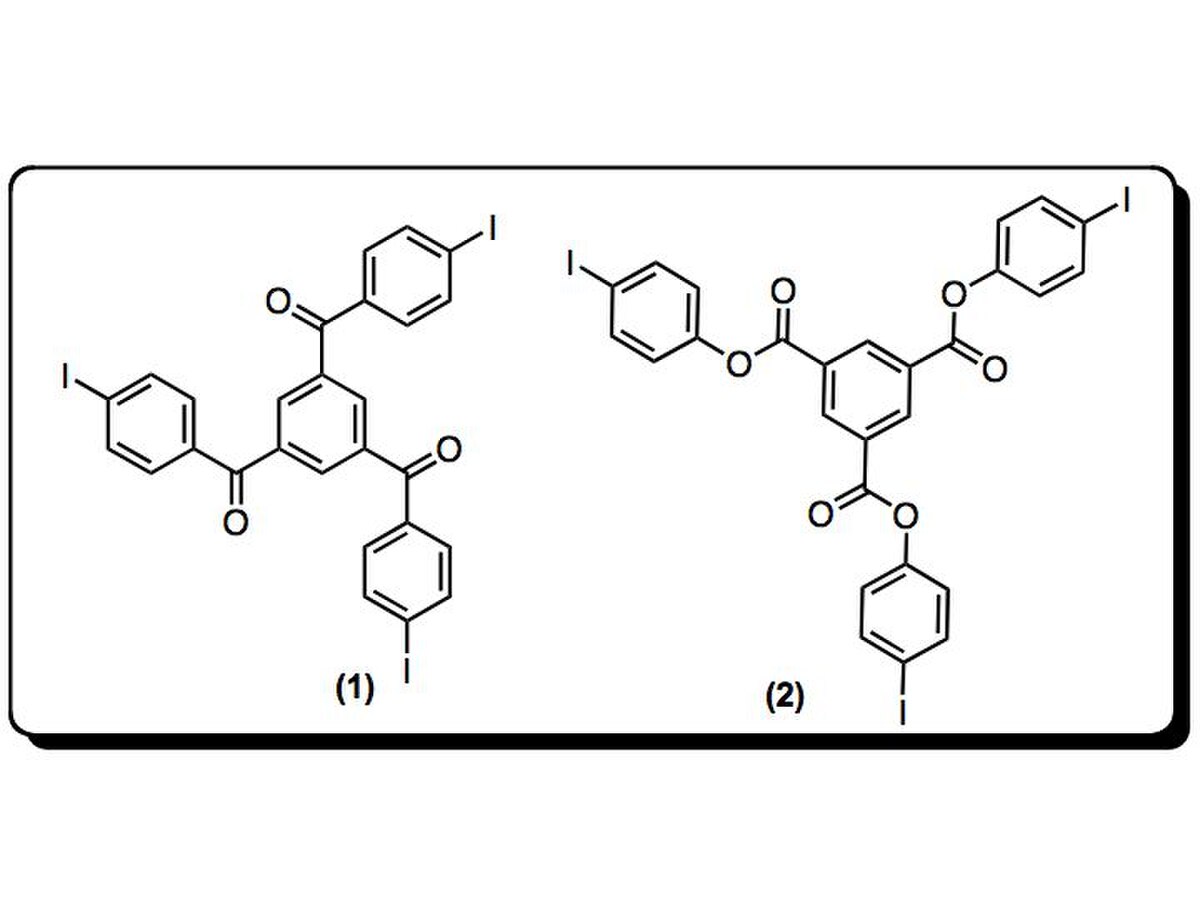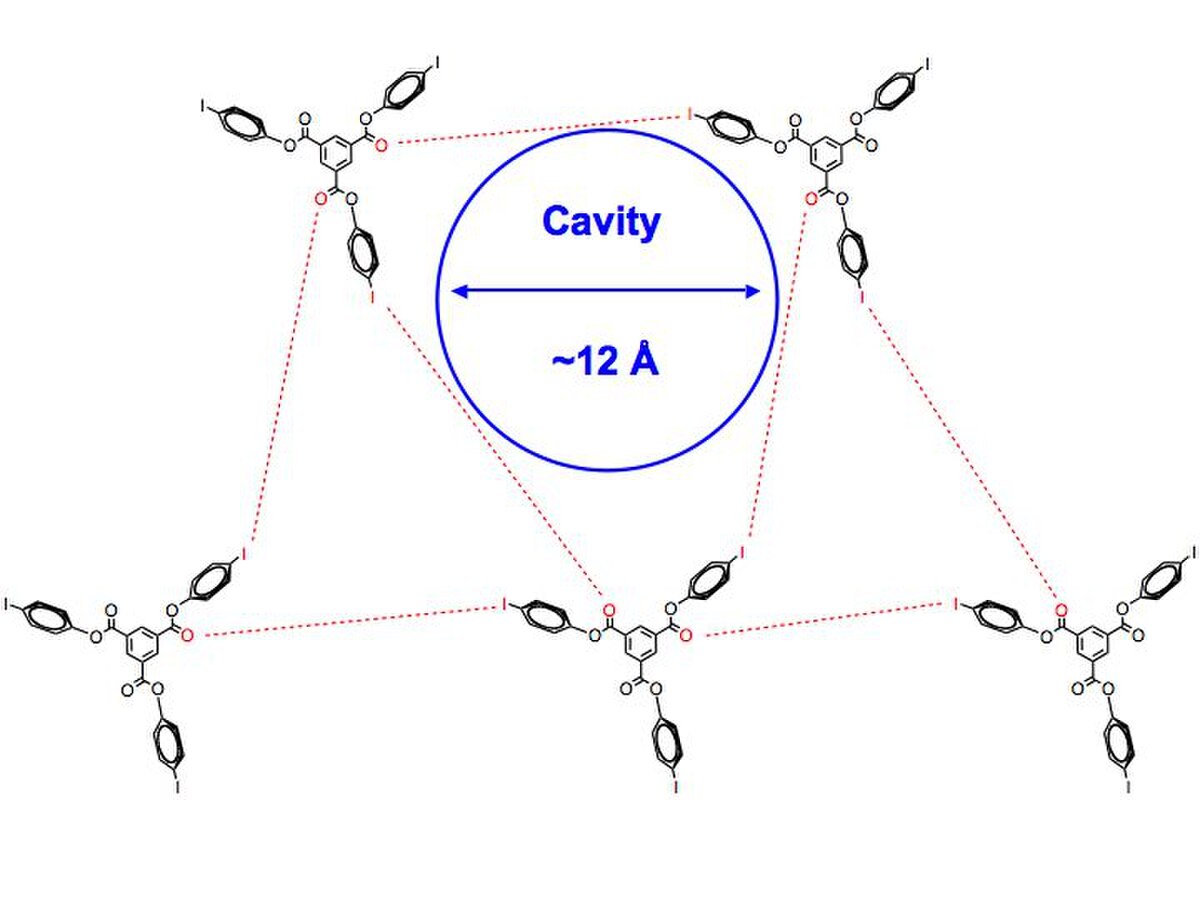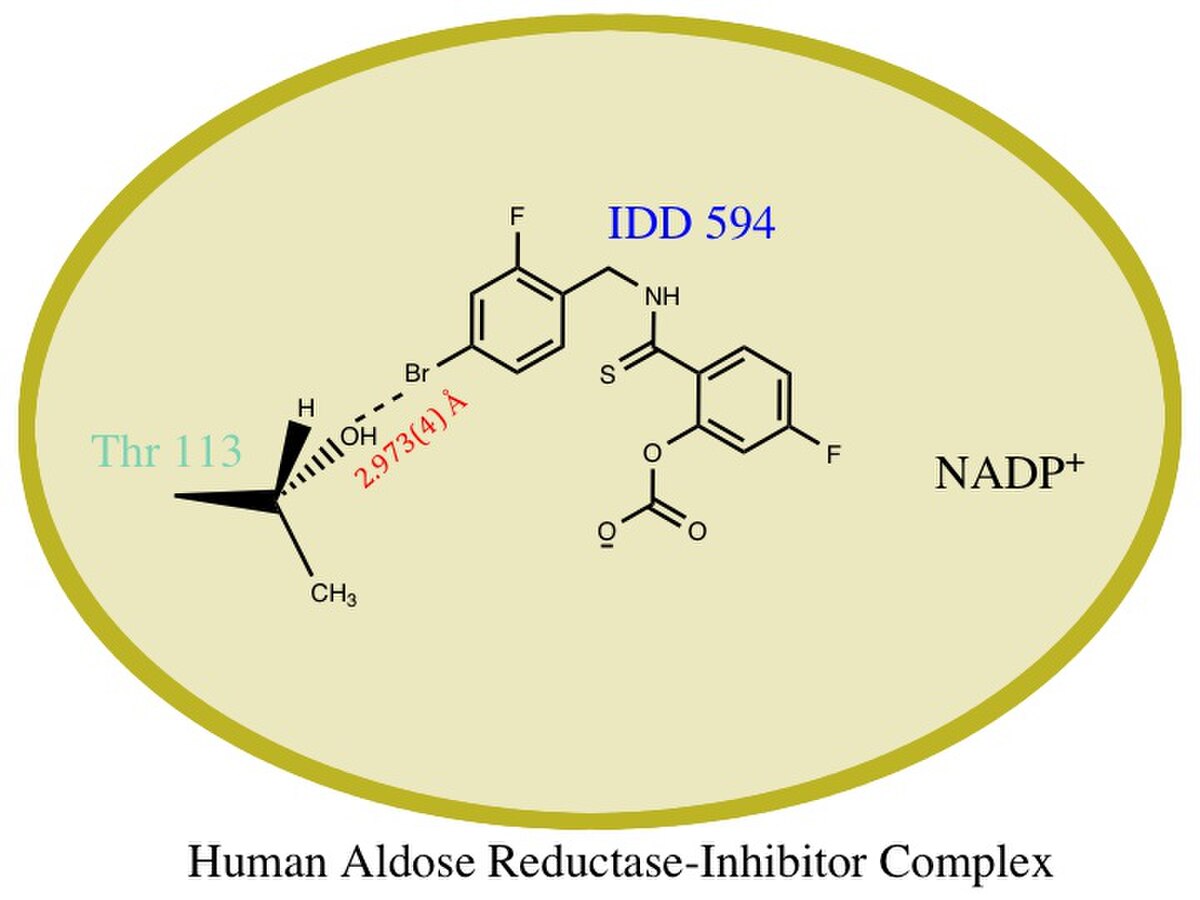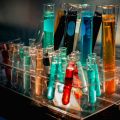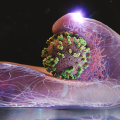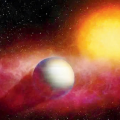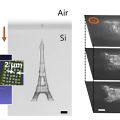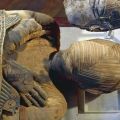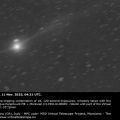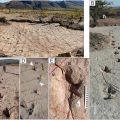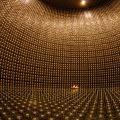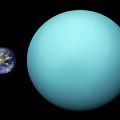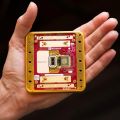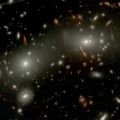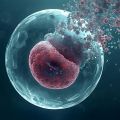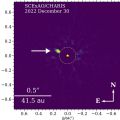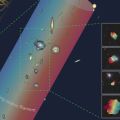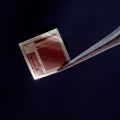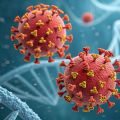Liaison halogène - Définition
La liste des auteurs de cet article est disponible ici.
Applications
Les interactions halogènes ont servi pour l'élaboration de cristaux liquides, des polymères conducteurs, matériaux nanoporeux, etc. Par ailleurs, les liaisons halogènes gouvernent probablement la reconnaissance des médicaments ou des hormones halogénés par leurs sites de reconnaissance respectifs.
Ingénierie des cristaux
L'ingénierie des cristaux est un domaine récent de la recherche qui jette un pont entre la chimie de l'état solide et la chimie supramoléculaire. Ce champ de recherche est par excellence interdisciplinaire car il fait appelle des disciplines classiques sans relation apparente telles que tant la cristallographie, la chimie organique, chimie organique et la chimie analytique. En 1971, Schmidt a initié ce champ en publiant un article sur la photodimérisation à l'état solide. Une définition récente identifie l'ingénierie des cristaux comme l'exploitation des interactions intermoléculaires pour la cristallisation et le développement de nouveaux composés ayant des propriétés physicochimiques intéressantes. Avant la découverte de la liaison halogène, l'approche pour l'ingénierie des cristaux faisait appel à la liaison hydrogène, la chimie de coordination et les interactions inter-ionique pour le développement matériaux à base de cristaux liquides ou de cristaux solides. De plus, la liaison halogène est utilisé pour organiser les sels des radicaux-cations, pour fabriquer des fils moléculaires conducteurs, et pour créer des édifices à base de cristaux liquides. De nouveaux matériaux à base de liaison halogène sont aussi apparus.
- Cristaux liquides (LCs)
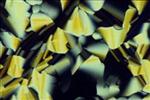
La nature particulière de l'interaction halogène peut servir comme nouvel outil pour élaborer des cristaux. Effectivement, en 2004, Loc Nguyen et al. ont été les premiers à exploiter les liaisons halogènes pour l'élaboration de cristaux liquides en utilisation comme précurseurs de départ alkoxystilbazoles et pentafluoroiodobenzene. Par ailleurs, divers alkoxystilbazoles ont été utilisés pour la fabrications pour de matériaux pour l'optique non linéaire.
Resnati et coll. ont préparé des complexes à partir de l'iodopentafluorobenzene et des 4-alkoxystilbazoles. La DRX de ces complexes a révélée une courte distance N-I égale à 2.81 Å ce qui est inférieure à la somme des rayons de VdW (3.53 Å) tandis que l'angle B-X...A égale à 168,4 °. La faible distance de l'interaction N—I est en faveur d'une liaison très forte. Par ailleurs, la diffraction des rayons X ne montre pas interaction du type quadripolaire. L'utilisation du bromopentafluorobenzène comme acide de Lewis avec les 4-alkoxystilbazoles ne permet de former des complexes. Ces résultats ont permis de mettre en évidence l'effet de la polarisabilité de l'atome d'halogène.
- Preparation of poly(diiododiacetylene)
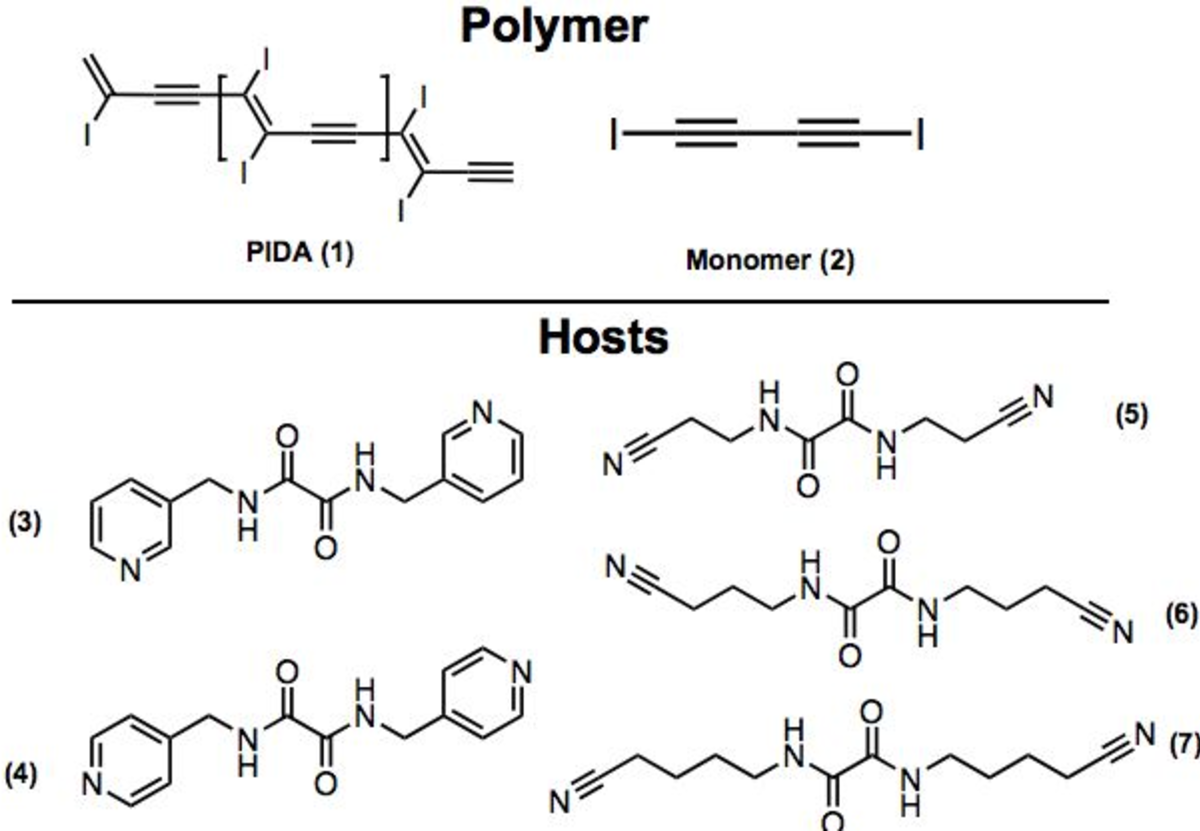
En l'an 2000, le prix Nobel de chimie fut décerné à Alan J. Heeger, Alan MacDiarmid, et Hideki Shirakawa qui ont découvert que le polyacétylène est un matériau conducteur et dont la conductivité est multiplé par un facteur 108 par oxydation avec le diiode (I2). Malgré la difficulté de le préparer, depuis lors un grand nombre de travaux ont essayé de mimer la squelette conjugué de ce polymère, par exemple le poly(p-phénylvinylène) à cause des nombreuses applications pratiques des polymères conjugués. En effet, ils sont utilisées pour l'élaboration des cellules photovoltaïques, diodes, transistor à effet de champ, capteurs chimiques,etc.
Goroff et al. ont préparé des poly(diiododiacetylene) ordonnés (PIDA) via le réarrangement du monomère (2) modulée par les liaisons halogènes. PIDA est excellant précurseur pour d'autres polymères conjugués, vue que l'iode peut être facilement échangé. Actuellement, la coupure de la liaison covalente C-I est possible par réduction électrochimique.
Crystal structures of monomer (2) are disordered materials of varying composition and connectivity. Hosts (3-7) were investigated for their molecular packing, primarily by studying co-crystals of monomer (2) and respective host. Both (3) and (4) pre-organized monomer (2), but steric crowding around the iodines prevented successful topological polymerization of the monomer. Hosts 5-7 utilize hydrogen bonds and halogen bonds to hold monomer (2) at an optimal distance from each other to facilitate polymerization. In fact, when host 7 was used, polymerization occurred spontaneously upon isolation of the co-crystals. Crystal structures show the polymer strands are all parallel to the hydrogen-bonding network, and the host nitriles are each halogen-bonded to iodine atoms. Interestingly, half of the iodine atoms in (1) in the crystal are in close contact to the oxalamide oxygen atoms. Oxygen atoms of host 7 are acting as both hydrogen and halogen bond acceptors.
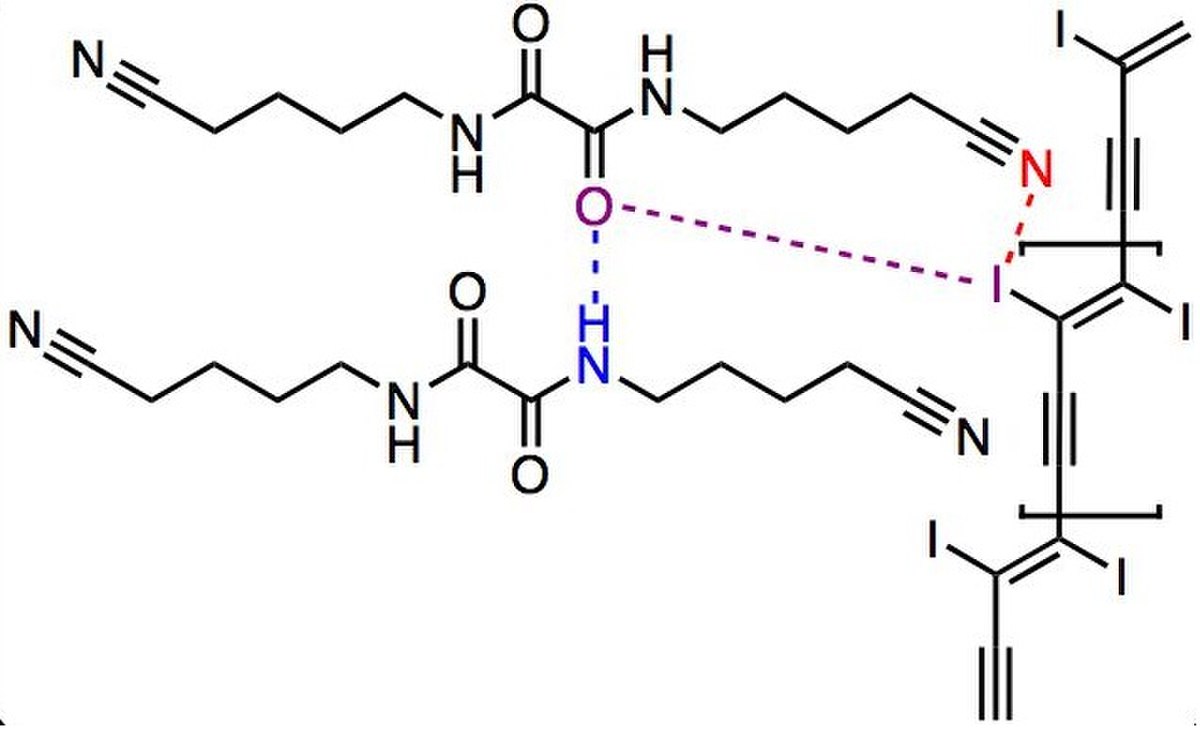
- Structures poreuses
Les structures poreuses ont de nombreuses utilisations. De nombreux travaux se sont attelés à l'amélioration des réseaux métal-structure organique pour le stockage de l'hydrogène dans les voitures à hydrogène. These highly organized crystalline inclusion complexes have potential uses in catalysis and molecular separation devices. Molecular organization is oftentimes controlled via intermolecular forces such as hydrogen bonding. However, utilizing hydrogen bonding often limits the range of pore sizes available due to close packing.
Pigge, et al., utilized halogen bonding interactions between amines, nitrogen heterocycles, carbonyl groups, and other organic halides, to construct their porous structures. This is significant because organic crystalline networks mediated by halogen bonds, an interaction significantly weaker than hydrogen bond, are rare.
Crystal structures of 1 and 2 [below] were obtained in a variety of solvents, such as dichloromethane, pyridine, and benzene. The authors note that the porous inclusion complexes appear to be mediated in part by unprecedented I-p interactions and by halogen bond between iodine and carbonyl groups. The crystal structure [shown below] come together in a triangular array and molecules of 2 are approximately symmetric. Additionally, all of the sets of halogen bonding interactions are not identical, and all of the intermolecular interactions between halogen and halogen bond acceptor slightly exceed the sum of the Van Der Waals radius, signifying a slightly weaker halogen bond, which leads to more flexibility in the structure. The 2D layers stack parallel to each other to produce channels filled with solvent.
Solvent interactions are also noted in the formation of the hexagonal structures, especially in pyridine and chloroforme. Initially, crystals that form these solutions form channeled structures. Over time, new needle-like solvate-free structures form are packed tighter together, and these needles are actually the thermodynamically favored crystal. The authors hope to use this information to better understand the complementary nature of hydrogen bonds and halogen bonds in order to design small molecules predict structures.
Les liaisons halogènes dans les systèmes biologiques
For some time, the significance of halogen bonding to biological macromolecular structure was overlooked. Based on single-crystal structures in the Protein Data Bank (PDB) (July 2004 version), a study by Auffinger and others on single crystals structures with 3 Å resolution or better entered into the PDB revealed that over 100 halogen bonds were found in six halogenated-based nucleic acid structures and sixty-six protein-substrate complexes for halogen-oxygen interactions. Although not as frequent as halogen-oxygen interactions, halogen-nitrogen and halogen-sulfur contacts were identified as well. These scientific findings provide a unique basis for elucidating the role of halogen bonding in biological systems.
On the bio-molecular level, halogen bonding is important for substrate specificity, binding and molecular folding. In the case of protein-ligand interactions, the most common charge-transfer bonds with polarizable halogens involve backbone carbonyls and/or hydroxyl and carboxylate groups of amino acid residues. Typically in DNA and protein-ligand complexes, the bond distance between Lewis base donor atoms (eg. O, S, N) and Lewis acid (halogen) is shorter than the sum of their Van der Waals radius. Depending on the structural and chemical environment, halogen bonding interactions can be weak or strong. In the case of some protein-ligand complexes, halogen bonds are energetically and geometrically comparable to that of hydrogen bonding if the donor-acceptor directionality remains consistent. This intermolecular interaction has been shown to be stabilizing and a conformational determinant in protein-ligand and DNA structures.
For molecular recognition and binding, halogen bonding can be significant. An example of this assertion in drug design is the substrate specificity for the binding of IDD 594 to human aldose reductase. E.I. Howard reported the best resolution for this monomeric enzyme. This biological macromolecule consists of 316 residues, and it reduces aldoses, corticosteroids, and aldehydes. D-sorbitol, a product of the enzymatic conversion of D-glucose, is thought to contribute to the downstream effects of the pathology of diabetes. Hence, inhibiting this enzyme has therapeutic merit.
Aldehyde-based and carboxylate inhibitors are effective but toxic because the functional activity of aldehyde reductase is impaired. Carboxylate and aldehyde inhibitors were shown to hydrogen bond with Trp 111, Tyr 48, and His 110. The “specificity pocket,” created as a result of inhibitor binding, consists of Leu 300, Ala 299, Phe 122, Thr 113, and Trp 111. For inhibitors to be effective, the key residues of interaction were identified to be Thr 113 and Trp 111. IDD 594 was designed such that the halogen would provide selectivity and be potent. Upon binding, this compound induces a conformational change that causes halogen bonding to occur between the oxygen of the Thr and the bromine of the inhibitor. The bond distance was measured to be 2.973(4) Å. It is this O—Br halogen bond that contributes to the large potency of this inhibitor for human aldose reductase rather than aldehyde reductase.
